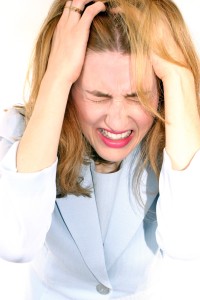Depression
 Depression is a term sometimes thrown around to describe a person’s mood, but the condition of depression is much more than a drop in mood. It is when a person is stuck in a dark frame of mind that steals their happiness, scope, energy and motivation. Depression is a recognized mental health disorder and an ongoing condition that gives a person a bleak outlook on life.
Depression is a term sometimes thrown around to describe a person’s mood, but the condition of depression is much more than a drop in mood. It is when a person is stuck in a dark frame of mind that steals their happiness, scope, energy and motivation. Depression is a recognized mental health disorder and an ongoing condition that gives a person a bleak outlook on life.
Depression can look different on different people, but there are some common, repetitive symptoms of depression, such as unexplained bodily pain, recklessness, energy loss, insomnia or sleep pattern changes, lack of interest in things that used to be of interest, hopeless feelings, weight and appetite fluctuation, irritability or anger, self-hatred and problems concentrating.
One particularly strong type of depression is bipolar disorder, or manic depression as it is sometimes known. This type of depression takes the person inflicted with it back and forth between two extremes: manic and depressive. When the person is in the midst of a manic episode, they have abnormal amounts of misguided energy and confidence, and when they are in the midst of a depressive episode, they are extremely lethargic and self-loathing.
Treatment for depression usually comes first in the form of therapy, and second in the form of medication. Therapy is the preferred method of dealing with depression because it tends to give more permanent and natural results. When a person is depressed and addicted, they often receive treatment from a rehab program that treats the co-occurring disorders of addiction and depression. Medication is needed in severe cases of depression when a person is so chemically imbalanced that their neural network cannot correct itself through therapy alone.


